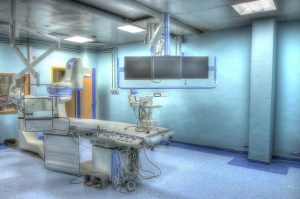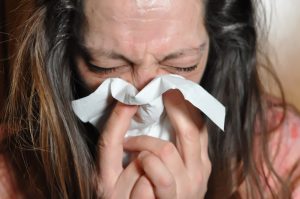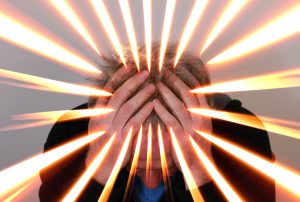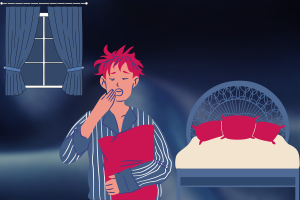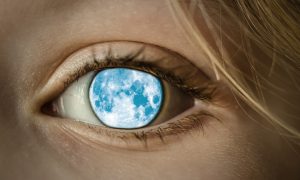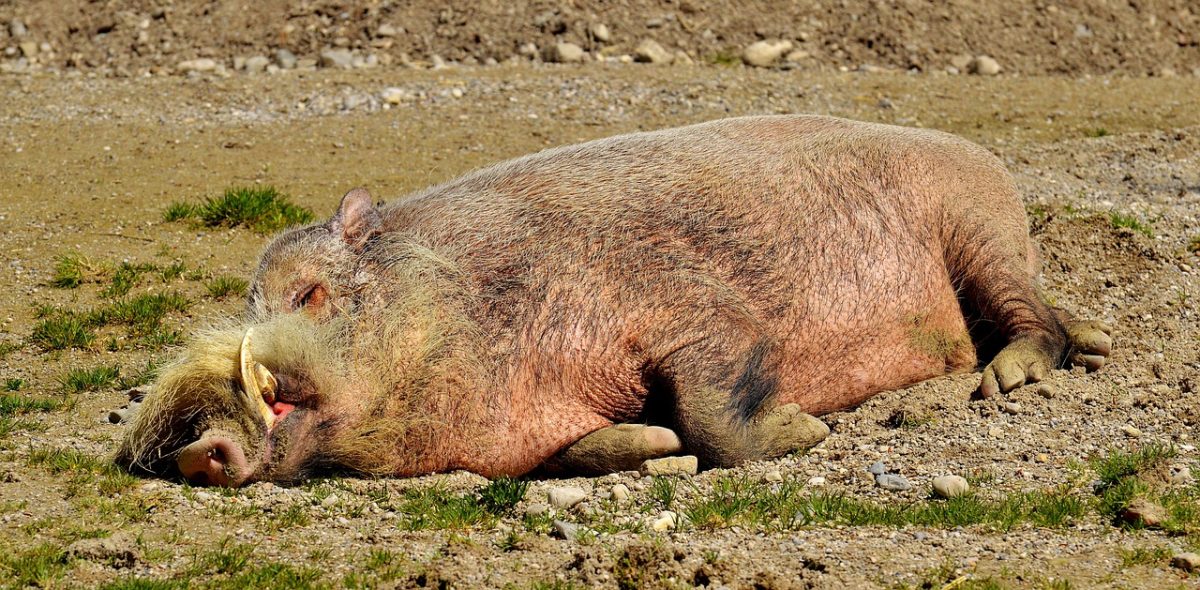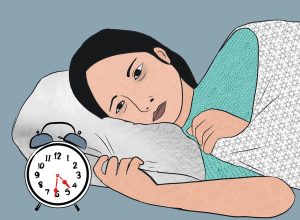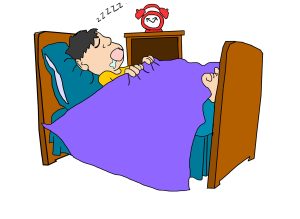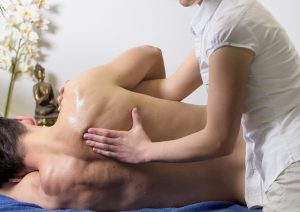 Pain and insomnia are two common conditions that can often occur together. Pain can make it difficult to fall asleep and stay asleep, while insomnia can exacerbate feelings of pain and discomfort. Here are some tips for managing pain and insomnia:
Pain and insomnia are two common conditions that can often occur together. Pain can make it difficult to fall asleep and stay asleep, while insomnia can exacerbate feelings of pain and discomfort. Here are some tips for managing pain and insomnia:
- Practice good sleep hygiene: This includes going to bed and waking up at the same time every day, creating a comfortable sleep environment, avoiding stimulants like caffeine and nicotine before bedtime, and limiting screen time before bed.
- Manage pain: Talk to your doctor about pain management options, such as over-the-counter or prescription medications, physical therapy, or other treatments.
- Relaxation techniques: Practicing relaxation techniques such as deep breathing, meditation, or progressive muscle relaxation can help you manage pain and fall asleep more easily.
- Cognitive-behavioral therapy (CBT): CBT is a type of therapy that can help you change negative thought patterns and behaviors that may be contributing to your pain and insomnia.
- Exercise: Regular exercise can help improve sleep quality and reduce pain. However, it’s important to talk to your doctor before starting a new exercise routine.
- Herbal remedies: Some people find that herbs such as valerian root, chamomile, or passionflower can help them relax and fall asleep more easily.
This article contains affiliate links
Seek professional help: If pain and insomnia persist despite your best efforts to manage them, talk to your doctor or a sleep specialist for further evaluation and treatment options.
Pain Management Options
There are several pain management options that can be used alone or in combination to help alleviate pain. Here are some common options:
Over-the-counter medications: Pain relievers such as acetaminophen, aspirin, ibuprofen, and naproxen can be effective for mild to moderate pain.
Prescription medications: For more severe pain, your doctor may prescribe stronger pain medications such as opioids, muscle relaxants, or nerve blockers.
Physical therapy: This involves exercises and stretches designed to improve flexibility, strength, and range of motion, and reduce pain.
- Chiropractic care: This involves spinal manipulation and other techniques to help reduce pain and improve joint function.
- Acupuncture: This involves the use of thin needles inserted into specific points on the body to help reduce pain.
- Massage therapy: This involves manipulating muscles and other soft tissues to help reduce pain and tension.
- Transcutaneous electrical nerve stimulation (TENS): This involves the use of a small device that delivers electrical impulses to the affected area to help reduce pain.
- Heat and cold therapy: Applying heat or cold to the affected area can help reduce inflammation and alleviate pain.
- Mind-body techniques: Techniques such as mindfulness meditation, yoga, and deep breathing can help reduce stress and alleviate pain.
It’s important to talk to your doctor about which pain management options are right for you, as some treatments may not be suitable for certain conditions or individuals.
Commonest Causes of Pain Causing Insomnia
There are several common causes of pain that can lead to insomnia, including:
- Chronic pain conditions: Conditions such as arthritis, fibromyalgia, or back pain can cause chronic pain that makes it difficult to fall asleep and stay asleep.
- Injuries: Injuries such as fractures, sprains, or strains can cause pain that makes it difficult to sleep.
- Surgery: Pain after surgery can be a common cause of insomnia.
- Headaches: Headaches, especially migraines, can cause pain that disrupts sleep.
- Neuropathic pain: Nerve damage or dysfunction can cause pain that is often described as burning, tingling, or shooting.
- Cancer: Cancer and cancer treatments can cause pain that interferes with sleep.
- Gastrointestinal disorders: Conditions such as irritable bowel syndrome (IBS) or inflammatory bowel disease (IBD) can cause abdominal pain that makes it difficult to sleep.
- Menstrual cramps: Menstrual cramps can cause pain that makes it difficult to sleep, especially during the first few days of the menstrual cycle.
It’s important to talk to your doctor about any pain that is interfering with your sleep, as they can help identify the underlying cause and recommend appropriate treatment options.
Good Sleep Hygiene
Good sleep hygiene refers to a set of habits and practices that can help promote good quality sleep. Here are some tips for good sleep hygiene:
- Stick to a sleep schedule: Go to bed and wake up at the same time every day, even on weekends or days off.
- Create a relaxing sleep environment: Make sure your bedroom is cool, quiet, and dark. Use comfortable bedding and pillows.
- Limit exposure to electronics before bedtime: Avoid using electronic devices such as smartphones, tablets, and laptops for at least 30 minutes before bedtime.
- Avoid stimulants before bedtime: Avoid caffeine, nicotine, and alcohol before bedtime.
- Get regular exercise: Regular exercise can help promote good quality sleep, but avoid exercising too close to bedtime.
- Relax before bedtime: Practice relaxation techniques such as deep breathing, meditation, or progressive muscle relaxation.
- Avoid large meals and beverages before bedtime: A large meal or too much fluid before bedtime can interfere with sleep.
- Take a warm bath or shower before bedtime: A warm bath or shower before bedtime can help you relax and promote good sleep.
- Maintain a comfortable sleep environment: Make sure your mattress and pillows are comfortable and supportive.
- Avoid napping during the day: Napping during the day can interfere with nighttime sleep.
By following these tips for good sleep hygiene, you can improve your chances of getting good quality sleep and waking up feeling rested and refreshed.
Relaxation Techniques
Relaxation techniques are practices that can help promote relaxation, reduce stress, and improve sleep quality. Here are some examples of relaxation techniques:
- Deep breathing: This involves taking slow, deep breaths and focusing on your breath as you inhale and exhale.
- Progressive muscle relaxation: This involves tensing and then relaxing each muscle group in your body, starting with your toes and working your way up to your head.
- Mindfulness meditation: This involves focusing your attention on the present moment and accepting your thoughts and feelings without judgment.
- Visualization: This involves imagining a peaceful or calming scene or experience, such as a beach or a quiet forest.
- Yoga: Yoga involves stretching and breathing exercises that can help promote relaxation and reduce stress.
- Tai Chi: Tai Chi is a gentle form of exercise that involves slow, flowing movements and deep breathing.
- Massage therapy: Massage therapy involves manipulating the muscles and other soft tissues to promote relaxation and reduce tension.
- Aromatherapy: Aromatherapy involves using essential oils or other fragrances to promote relaxation and reduce stress.
By practicing relaxation techniques regularly, you can help reduce stress, improve sleep quality, and promote overall well-being.
